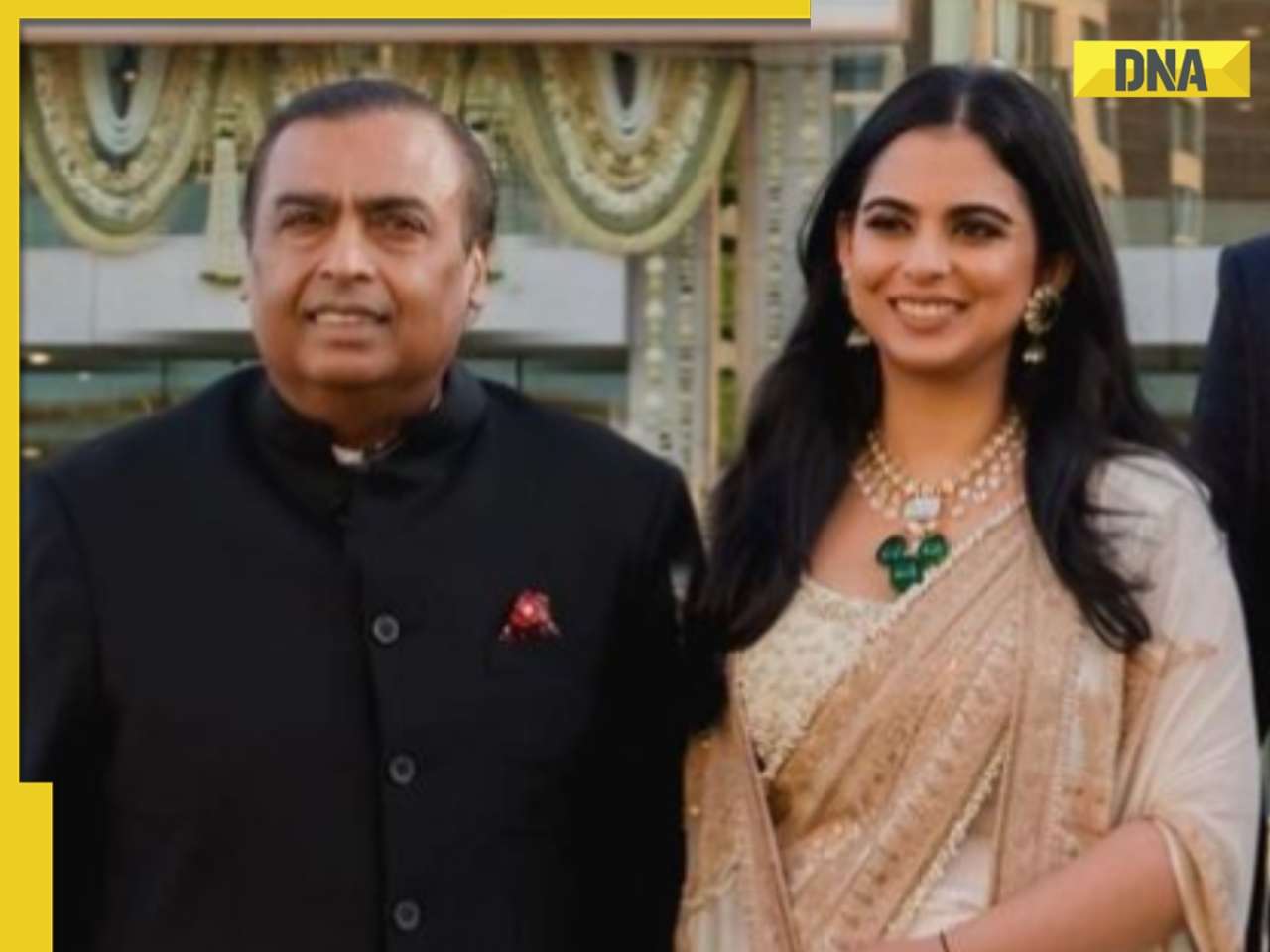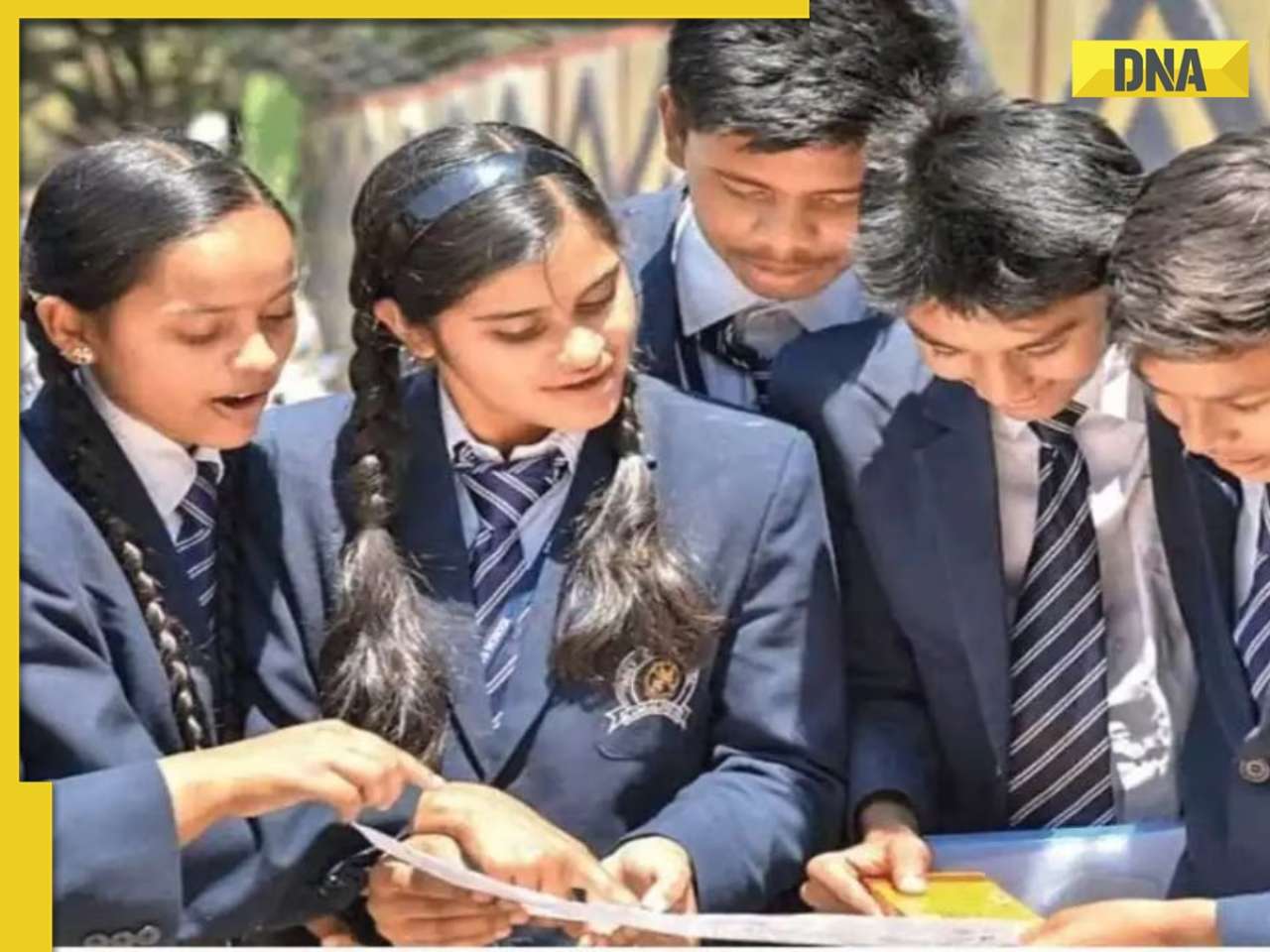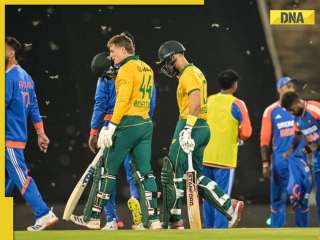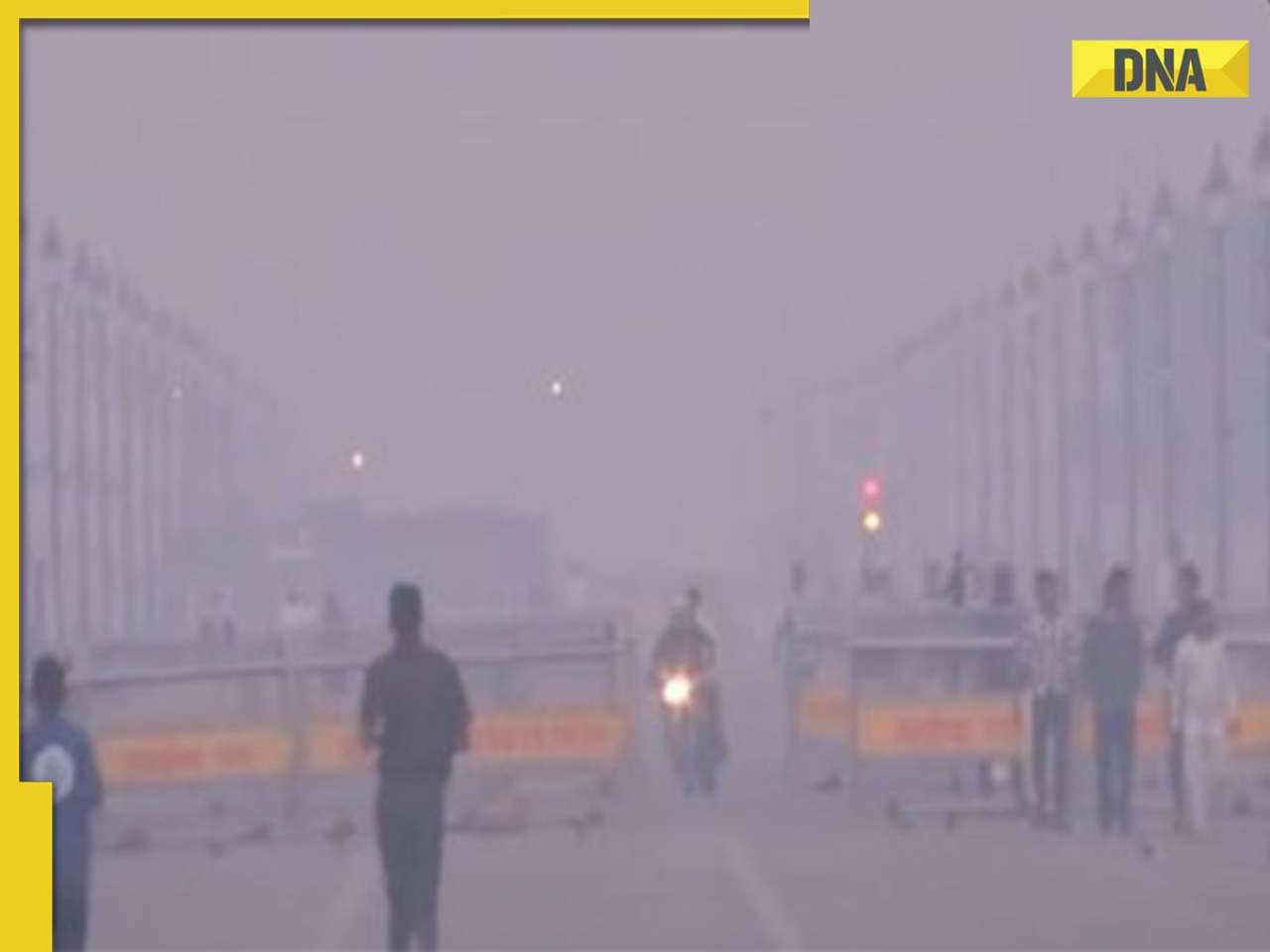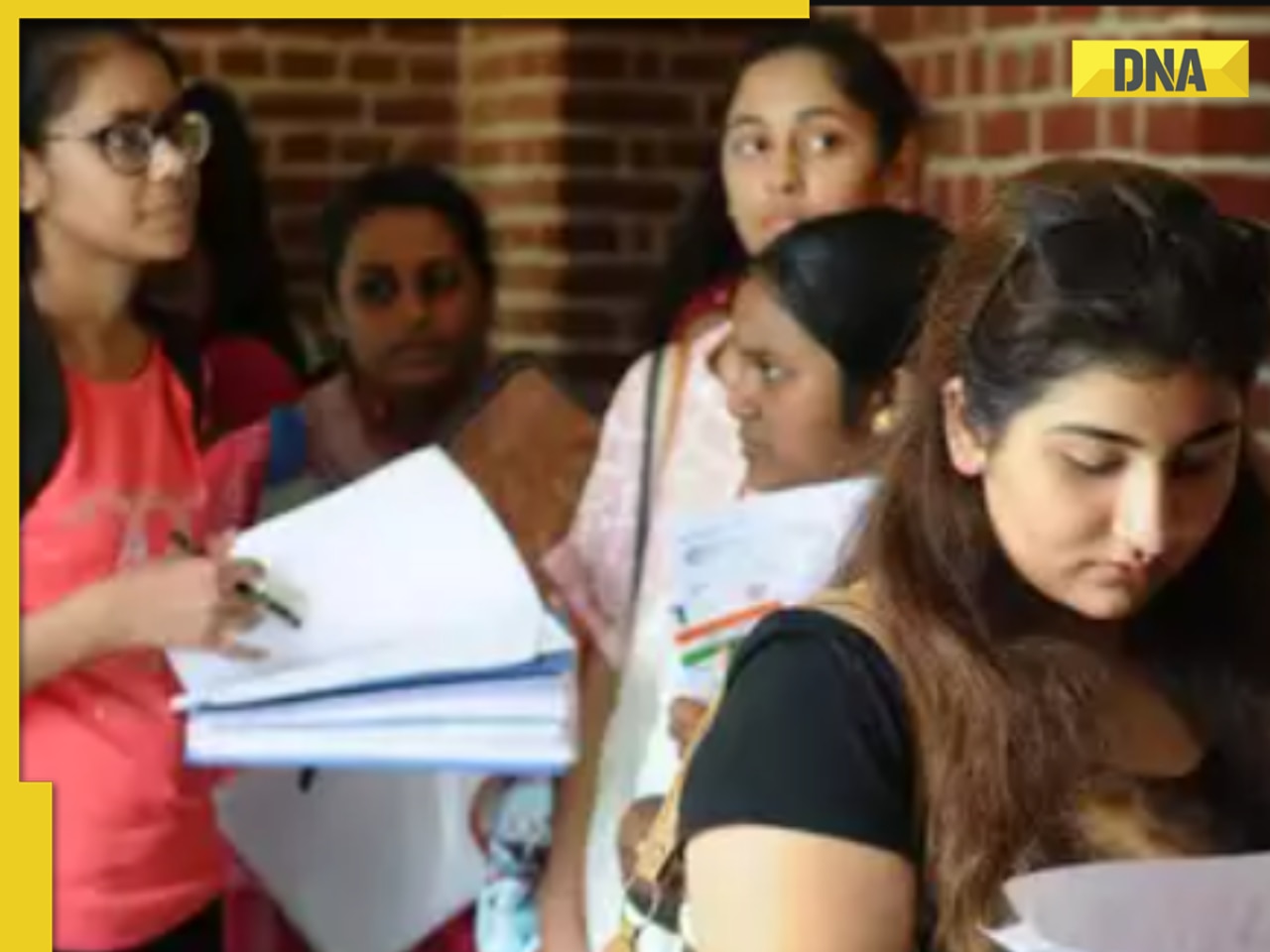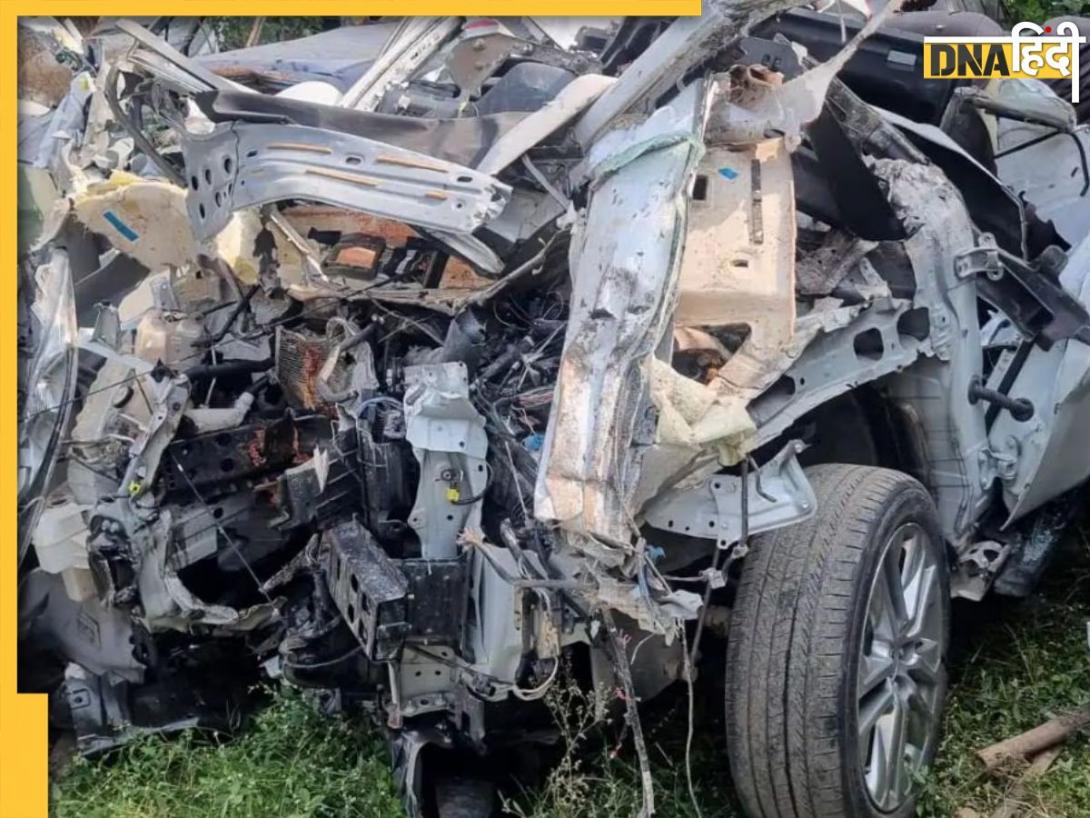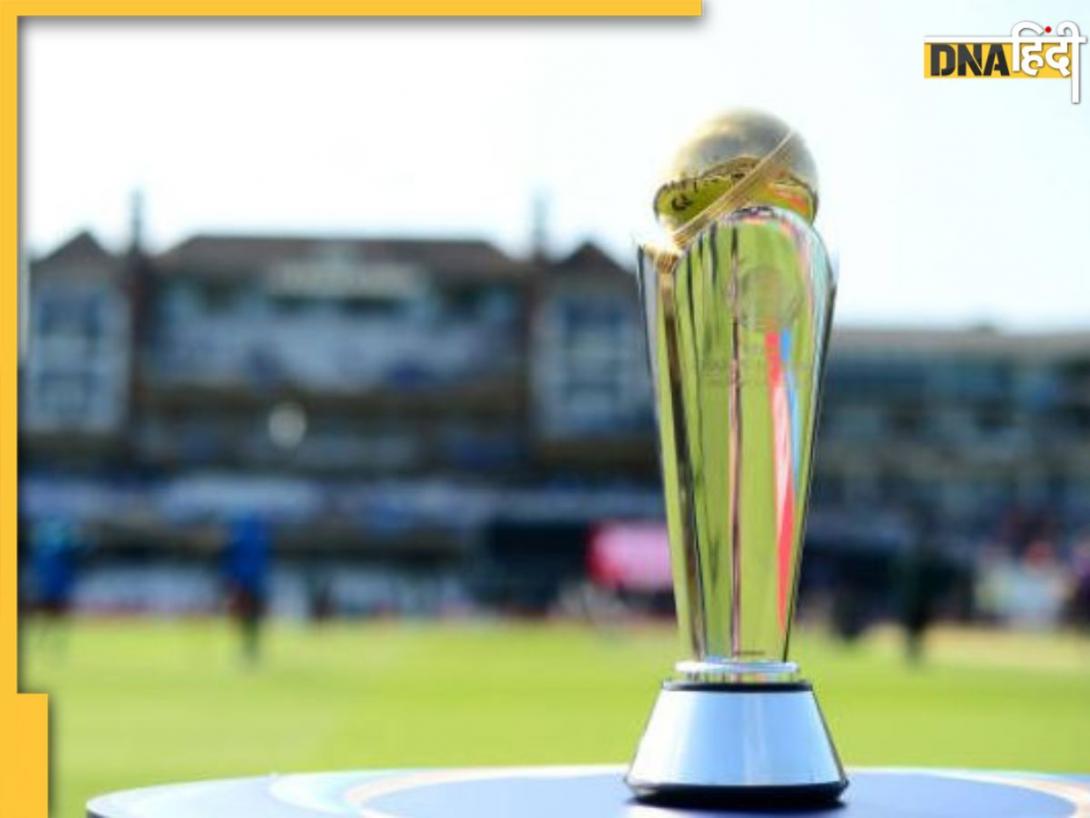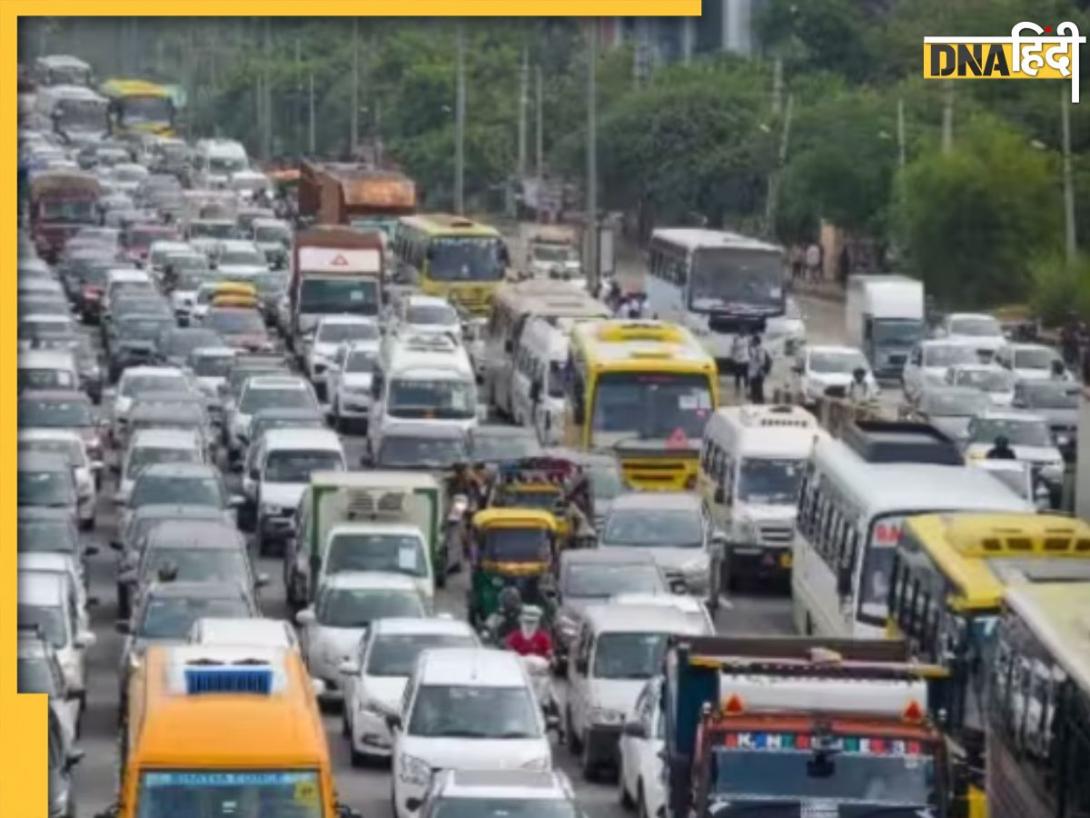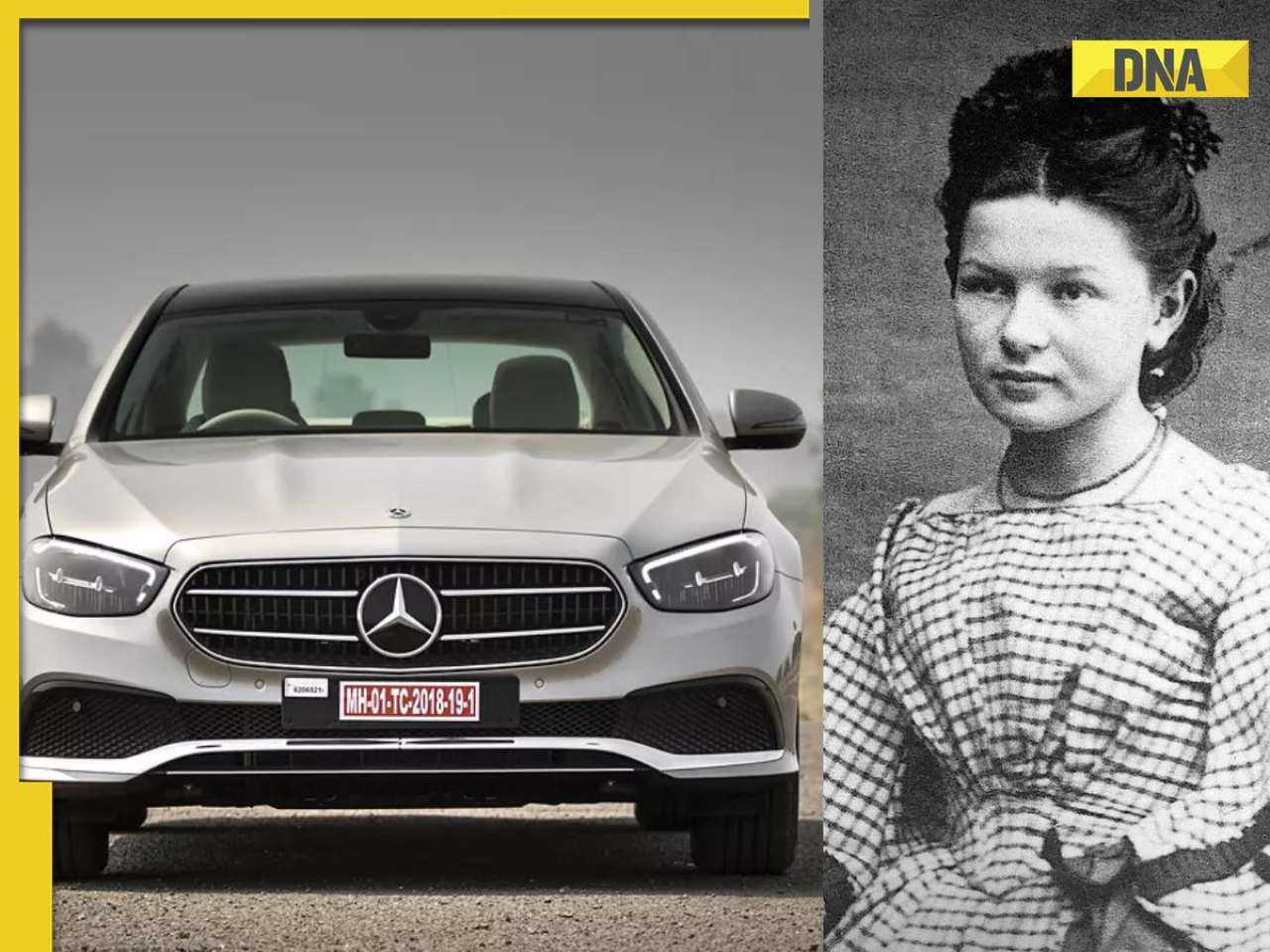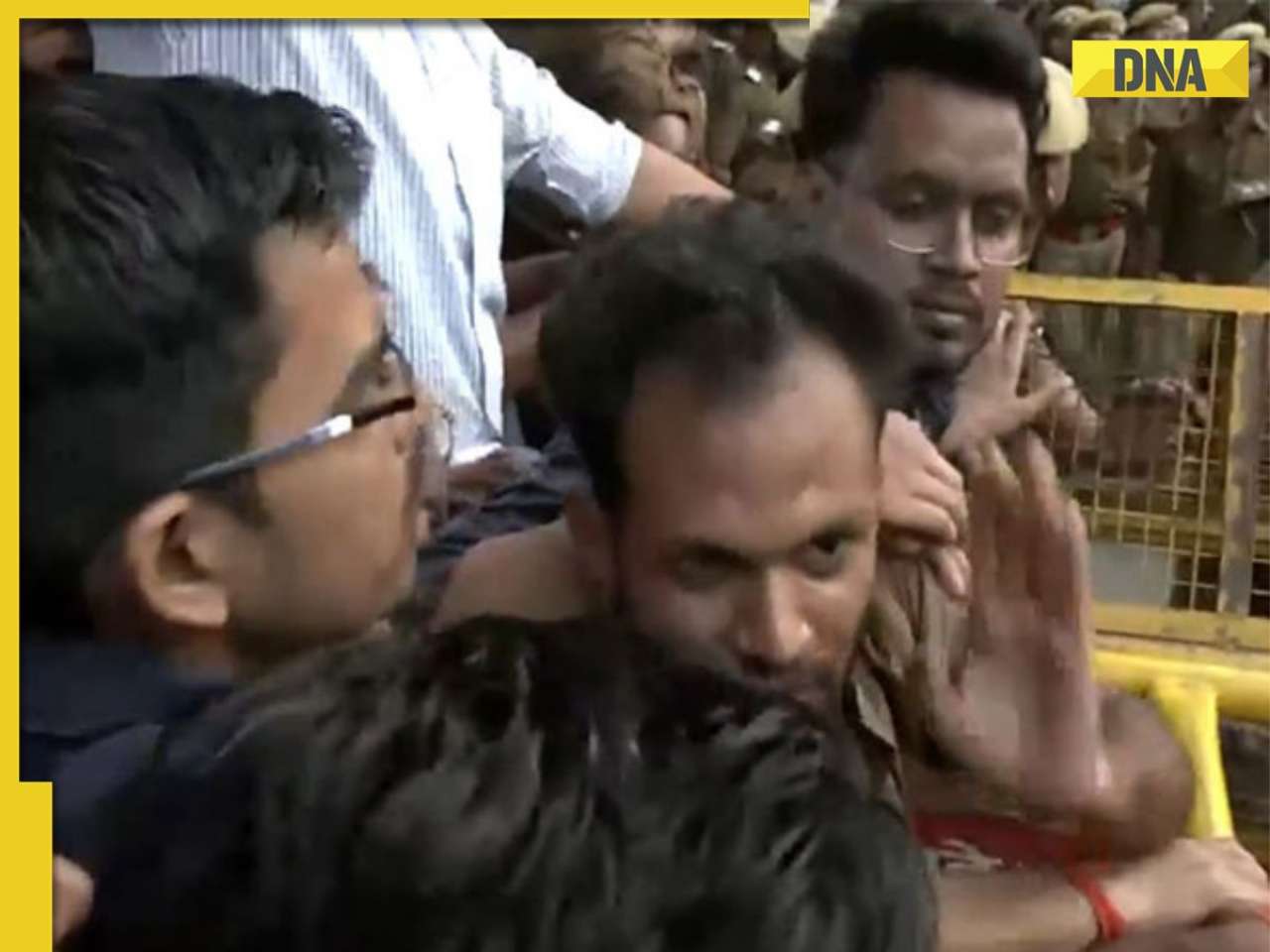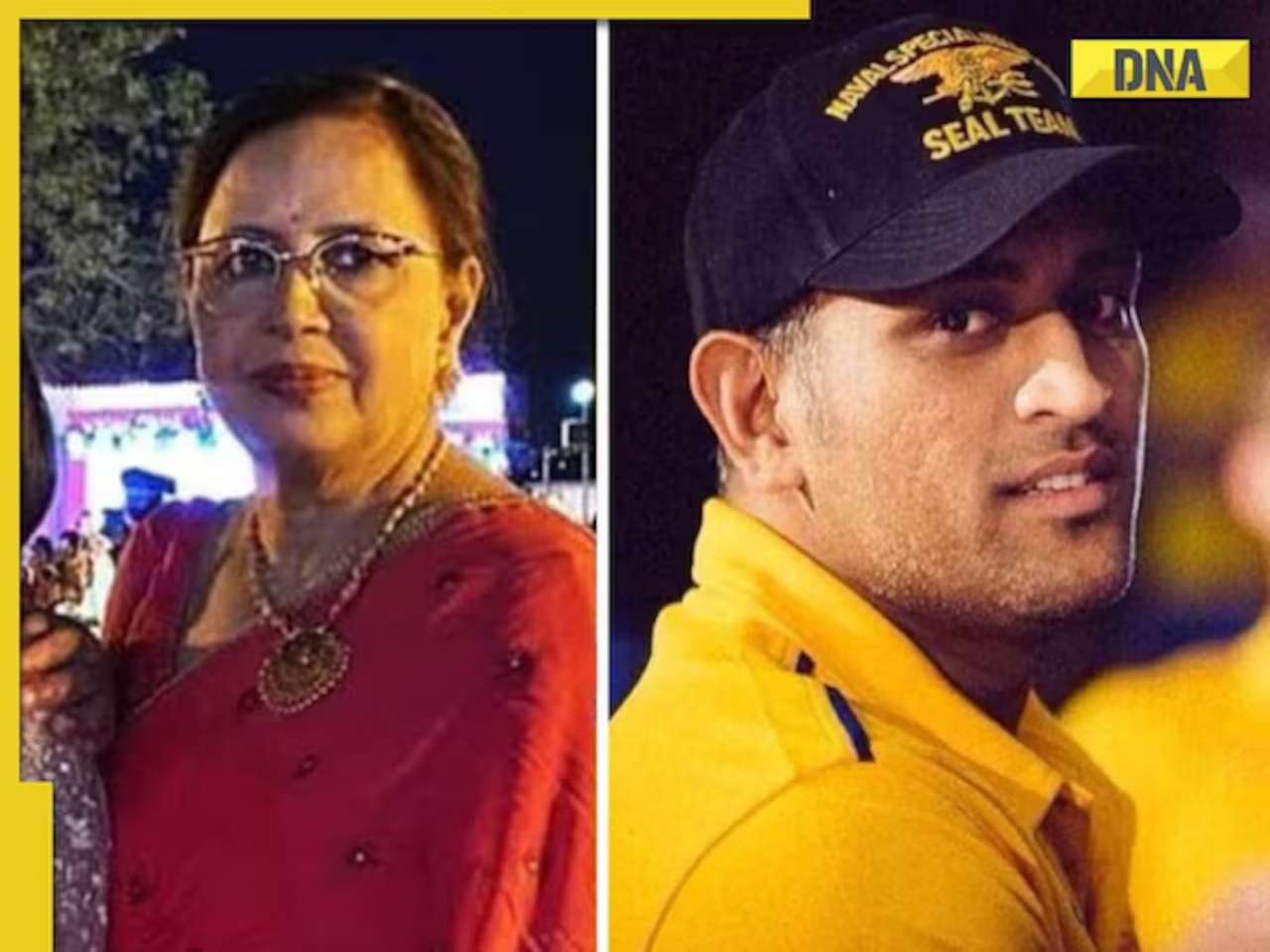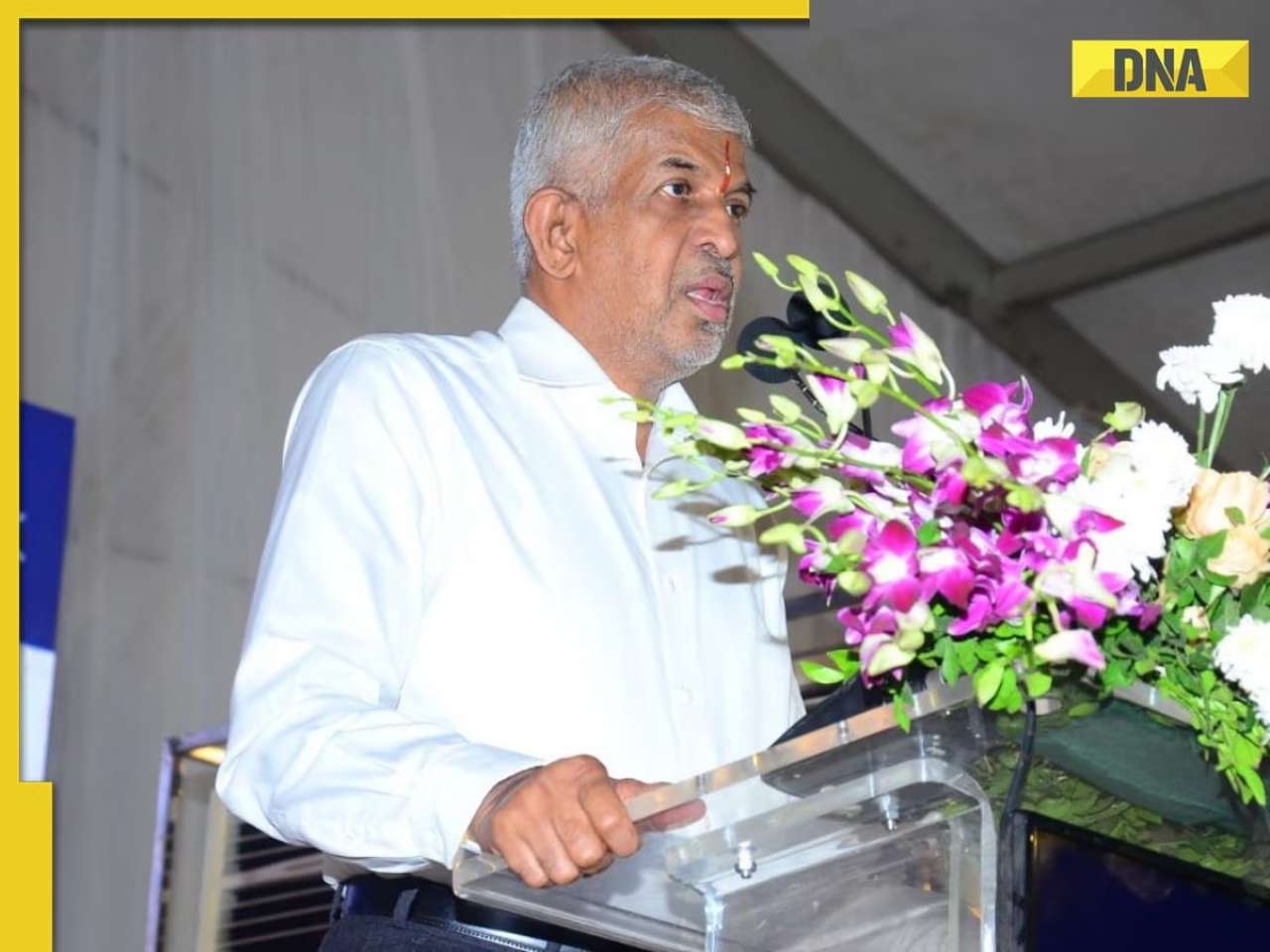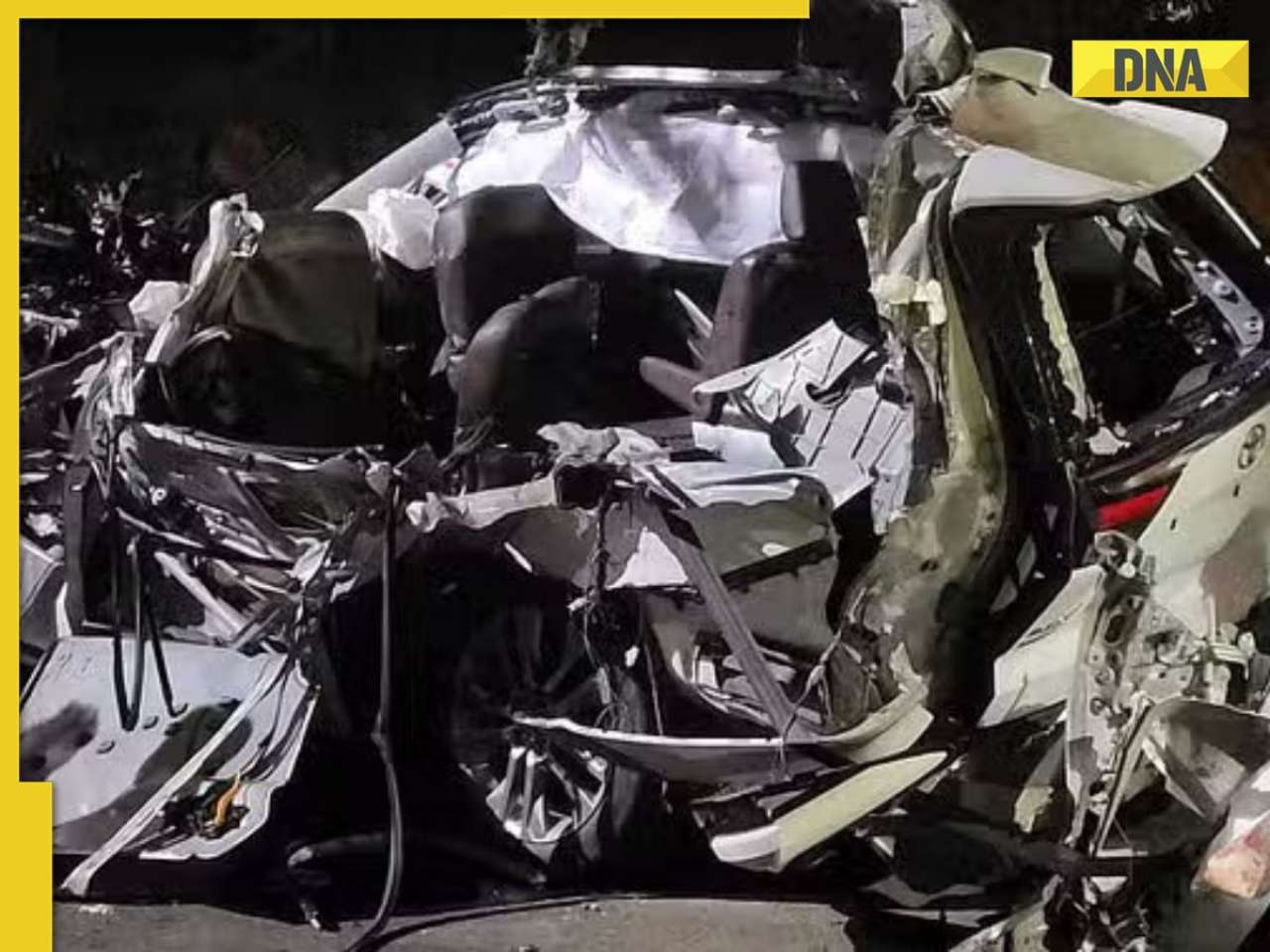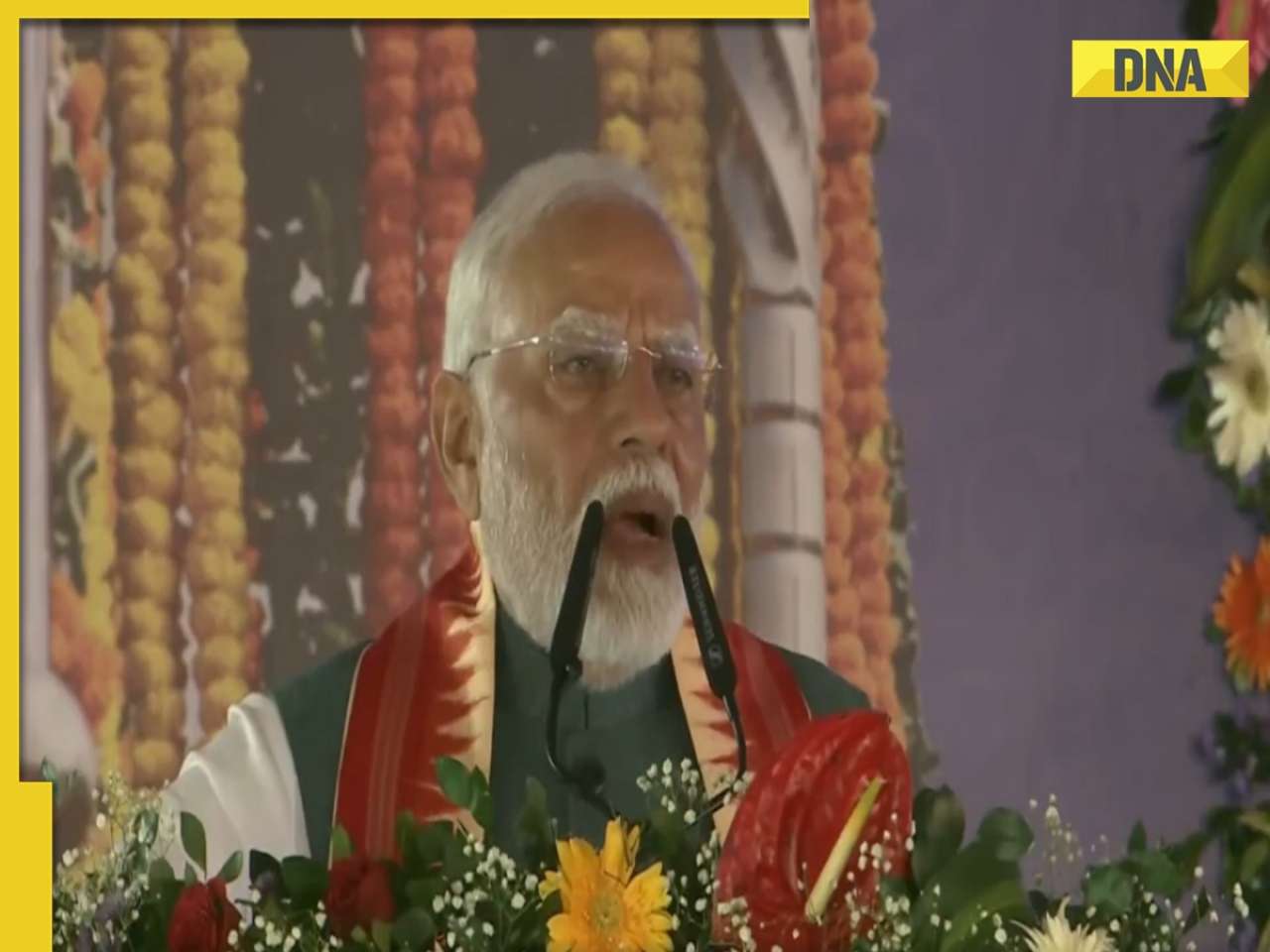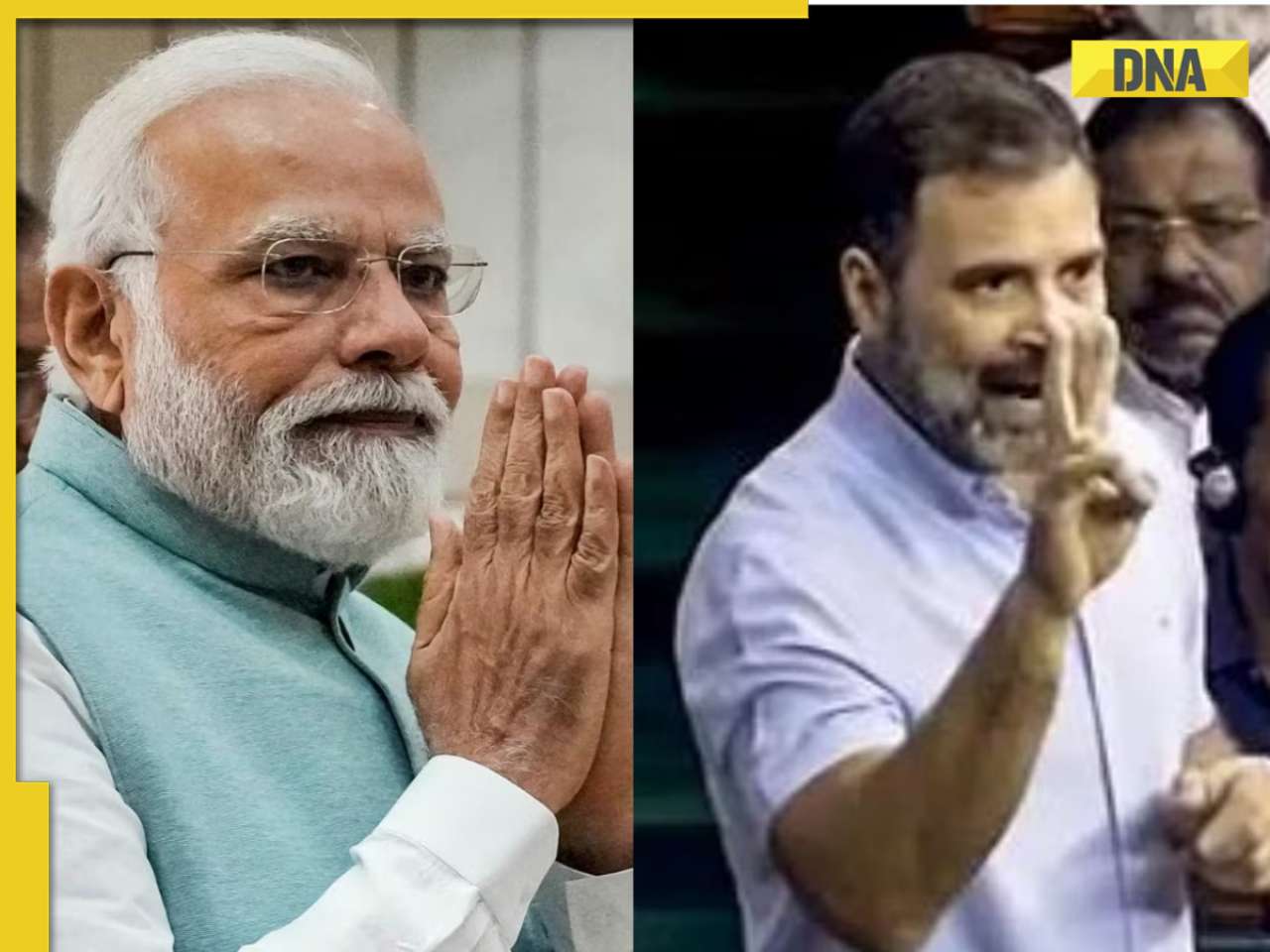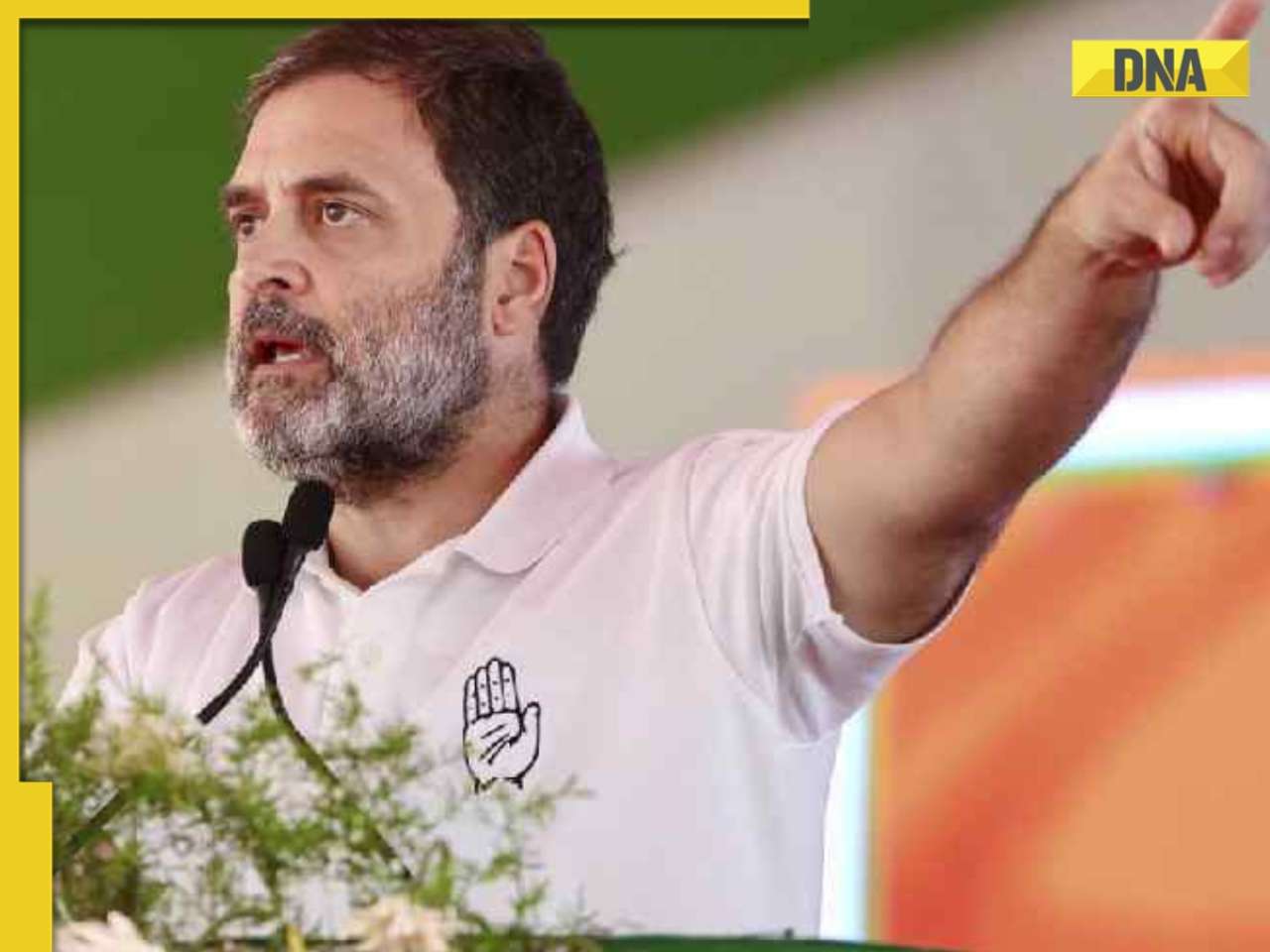- LATEST
- WEBSTORY
- TRENDING
ANALYSIS
The Deadly Burden of Honour : War, Riots and Ethnic strife and Violence against Women
In times of conflict, violence against women becomes just another instrument of war, and one that hits where it most hurts women's bodies, says Swarna Rajagopalan and looks at how we need to tackle this.
TRENDING NOW
In 2001, the International Criminal Tribunal for the former Yugoslavia ruled) that wartime rape is an act of torture and that sexual enslavement is a crime against humanity. This marked a historical break from the idea that rape may be regrettable but was just one of the spoils of war. Last week, when the United Nations Security Council once again unanimously resolved to engage more women in peace processes and peace-building and stated that helping women pregnant after rape should be a part of humanitarian aid, it signalled the great distance that we have travelled in the last twenty years. But why would the rape, forced pregnancy, abduction and enslavement of civilian, non-combatant women even happen in the course of a war?
The answer lies in this double-edged sword that is women’s relationship with their communities—whether caste, or ethnic, or religious.
The pretty, touristy edge is the idea that women are the vectors of a culture. They teach the next generation the language, the material culture, the social mores and the history of the group. Most of us, even before we know to which community we belong, know that “in my house” we do this or we eat that or we wear such clothes. The responsibility for this learning usually rests with mothers, aunts and grandmothers. In college and in offices, women are entrusted with conceptualising and organising “cultural” activities. Society pays homage to this role even though it undervalues the work that goes into it—the cooking of food, the choosing of clothes, the planning of festival celebrations, the choice of leisure activities, the giving of music, art and dance lessons.
We imagine the community in the body of a woman—Mother India, for instance. This privilege of embodying the community comes at a horrific price for women. And that price is the loss of autonomy over their bodies and lives—for seemingly trivial matters and in extremely dangerous ways.
Look at the clothes we wear. Moral policing has almost no dress codes for men, and several for women. We talk about conservative dress, and modern dress, and traditional dress and Western dress, for women, and each comes with a value attached. Dress codes signify women as being from this or that community, and can also serve as a character certificate.
Women embody tradition in ways that men don’t. When possible, girls are trained in a number of artistic pursuits, whether the classical arts of dance and music or household arts like kolam or traditional crafts like weaving or embroidery. Rarely expected to perform, but they are expected to ensure the next generation’s familiarity with this heritage. Some arts and crafts do also become livelihoods (and sometimes, that is when men take them up)—weaving, for instance.
School friends are sometimes the first encounter a girl has with the invisible but solid borders of her community. But while there are lines demarcating difference between girls from different families, those lines turn into walls between the same boys and girls who grew up playing together. The list of don’ts grows at an accelerated rate after puberty. The possibility of encountering and interacting with unknown boys and men keeps too many girls from completing their education. The fear that they might want to choose their own paths and partners results in too many girls being married early, by force and to men they do not choose. Cross-cousin marriages, which are still common in South India, probably began as a way of keeping property within a family. They also reinforce clan and caste ties. When the right to marry a cousin, niece or uncle is asserted forcefully, what is laid bare is this: Control over women’s bodies (and lives) becomes the guarantor of community solidarity.
Patriarchal societies locate the honour of a community in the bodies of its women. Therefore, what women wear, where they go, what they do and with whom, become communal concerns. Daring to choose your own life-partner and worse, to choose one from another community, is punished with death or harassment that sometimes leads young people to take their lives. The exchange of girls in marriage as part of a conflict resolution deal is another way this "honour-body" equation works. Decisions are taken by male-run community bodies and women are complicit in enforcing them.
In times of conflict, then, it is not surprising that violence against women becomes just another instrument of war, and one that hits where it most hurts—where men and communities locate their honour and display its distinctiveness—women’s bodies. Rape and forced pregnancy by conflict parties; opportunity rape when displacement and bereavement leave families without support networks; trafficking and sexual exploitation; sexual slavery; and preemptive, forced and early marriage—are all part of the conflict experience for women. We know in our part of the world that moral policing and dress code enforcement are also part of this deal.
None of this is new. What is new is that we are beginning to find these practices repugnant.
This repugnance has been expressed in the global effort to draw attention to sexual violence in conflict situations, through resolutions, through programmes to share their import, through implementation projects and also, through an annual naming and shaming of offending parties. The next step is to extend this repugnance to situations outside the traditional definition of conflict. As we fight globally to end impunity for these crimes, a broader understanding of conflict allows us to apply the norms we are creating to other situations where violence is endemic—communal clashes between sects and religious communities; inter-caste violence; insurgency and counter-insurgency situations; and the newest entrants, development-related campaigns and conflicts over resource use. In each of these, as hostilities increase all around, so does the threat of sexual violence. It is as much an instrument of these wars as the ones that the UN talks about or that we abhor in other countries. (We, of course, would never do such things.)
And we then come full circle, because increasing levels of violence in the public sphere lead inevitably to a brutalization where violent responses to everything become normal and violence within the home escalates. Women, children, the elderly, the infirm, the disabled and sexual minorities are all vulnerable in such a climate.
In India, communal riots get a great deal of attention, but everyday caste violence rarely does. While for non-Indian observers, everything in India can be explained through the lens of caste, sometimes it seems that we Indians (the middle class, “people like us” variety like me) barely notice either the small acts of exclusion or the most horrific acts of arson, mass killing or rape when they happen in the context of caste. But when you read the work of Bama or Sivakami for instance, violence is an integral part of the landscape in which their stories unfold. Violence against women is just another feature of this landscape. The interweaving of caste identity and patriarchy makes a deadly combination, affecting so many of us that to ignore it is inhumane.
In the last few months, we have seen some questioning—can we protest this rape and not that one where a Dalit girls is gang-raped by non-Dalit men? Can we condemn this violence and not that massacre of the members of one caste by another? There are so many stories that call for our attention, so many questions to ask of ourselves, so many perspectives to understand and so many changes to make. We are barely at the beginning of this long road and the bumpiest stretches lie within our hearts.
Swarna Rajagopalan is writing this article a few days before UN Security Council Resolution 1325 (2000 enters its teens. Much of her research and writing are on women, violence and conflict. She also runs Prajnya


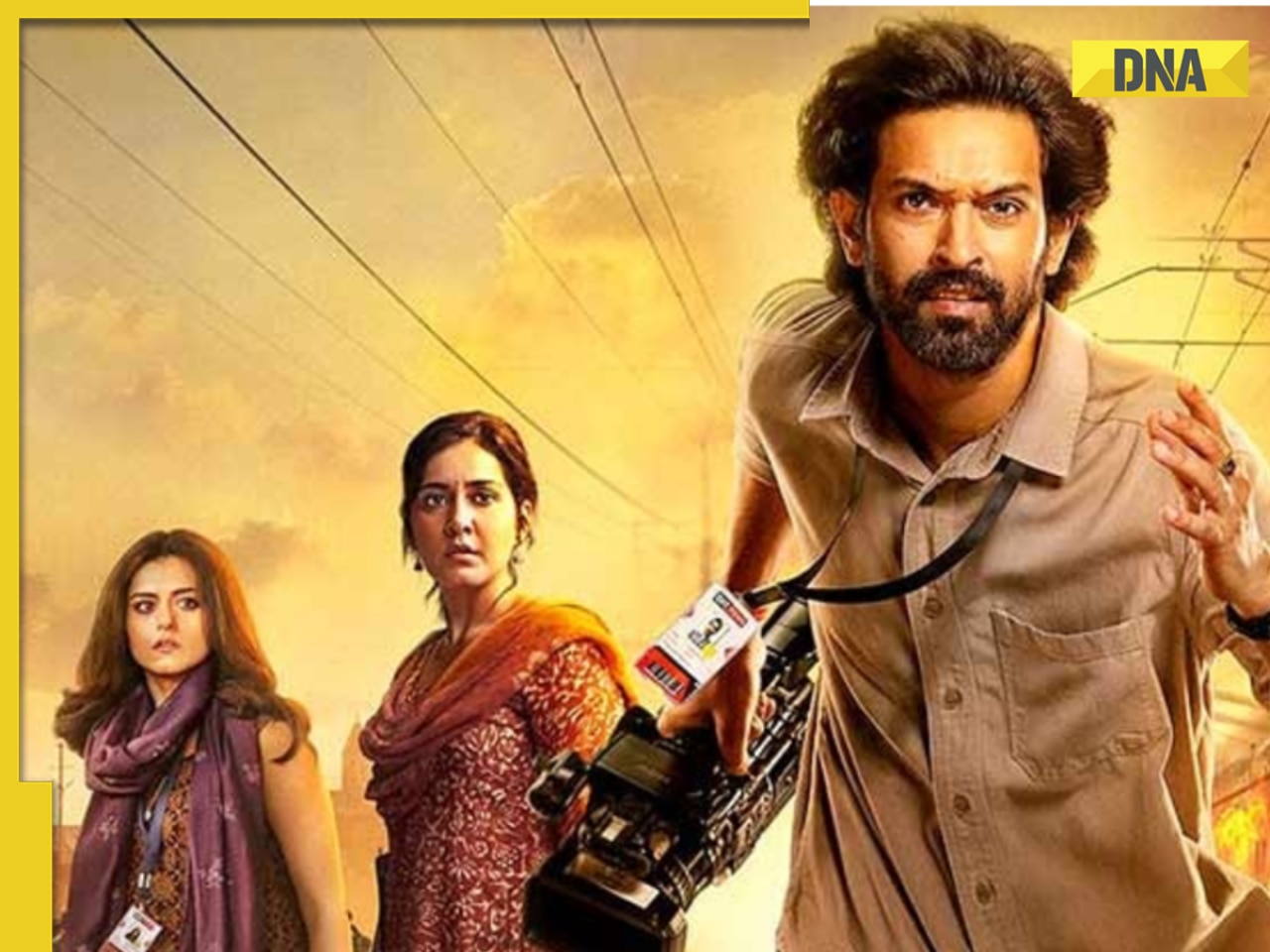




)
)
)
)
)
)
)
)
)
)
)
)
)
)
)
)






